In the ongoing Samsung vs. Apple lawsuit, two experts hired by Apple took the stand on Tuesday to explain to the jury why Samsung deserves to pay $2 billion in damages for infringing on Apple’s patents.
First up was John Hauser, a professor of marketing at the MIT Sloan School of Management, who argued (via CNET) that the specific features patented by Apple, such as slide to unlock, made Samsung’s devices far more appealing to consumers.

To reach that conclusion, Hauser surveyed 966 Samsung device users (507 phone owners and 459 tablet owners) to measure the percentage of consumers who would buy devices with specific features, including universal search, background syncing, quick links, automatic word correction, and slide-to-unlock, among others.
Those metrics were then used to determine how much people would pay for the Apple-patented features that Samsung included in its devices, with Hauser coming to the conclusion that customers would shell out $32 to $102 for each feature.
“The features that were enabled by the patents at issue in this case have a measurable impact on consumer demand for Samsung devices,” Hauser said during his testimony Tuesday.
During cross examination, Samsung objected to Hauser’s methodology, which had concluded that Samsung largely sold devices due to the features copied from Apple, and criticized it for overlooking the importance of the Samsung brand and the Android operating system.
Following Hauser’s testimony, MIT-trained economist Chris Vellturo took the stand (via Re/code) to explain how Apple arrived at its $2 billion number. The damages, he said, are a mix of lost profits and estimated reasonable royalties on the millions Samsung devices that have been accused of infringing on Apple’s patents.
“It’s a very large market and Samsung has made a lot of sales into that market,” Vellturo said, before getting into the specifics of how he came to his estimate. Samsung’s alleged infringement, he said, came at a time of dramatic growth in the market as many people were buying their first smartphone.
“It’s a particularly significant period for Samsung to have been infringing,” Vellturo said, adding that one’s first smartphone purchase is a key determining factor in future phone and tablet purchases. He added that Samsung was behind in ease of use and took Apple’s know-how to aid its effort to be more competitive.
In the original Apple vs. Samsung trial, Samsung was ordered to pay Apple $890 million in damages. The latest suit focuses on newer devices, including the Galaxy S III, Galaxy Note II, Galaxy Tab 10.1, the iPhone 4/4s/5, the iPad 2/3/4, the iPad mini, and fourth and fifth generation iPod touch.
Following today’s expert testimony, Apple is nearing the end of its case against Samsung. Next week, Samsung will present its infringement case against Apple, where it is asking for $7 million in damages. The entire trial is expected to continue until April 29 or 30, at which point the jury will enter deliberations.






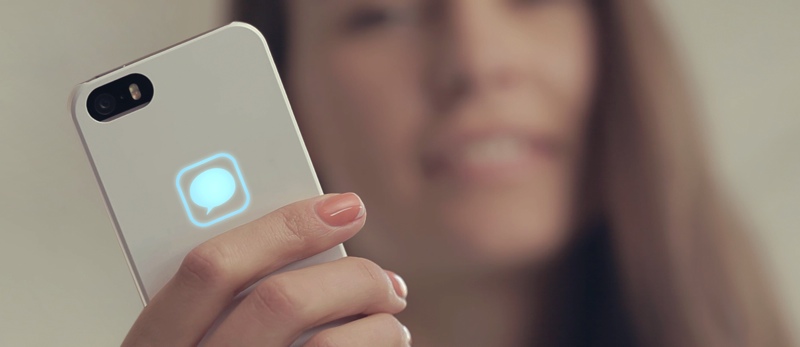
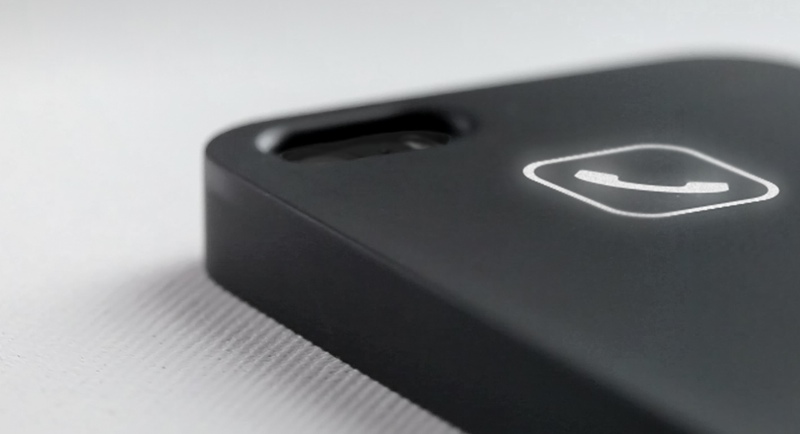
 Apple today seeded build 13D43 of OS X 10.9.3 to developers, just under a week after releasing the sixth OS X beta,
Apple today seeded build 13D43 of OS X 10.9.3 to developers, just under a week after releasing the sixth OS X beta, 

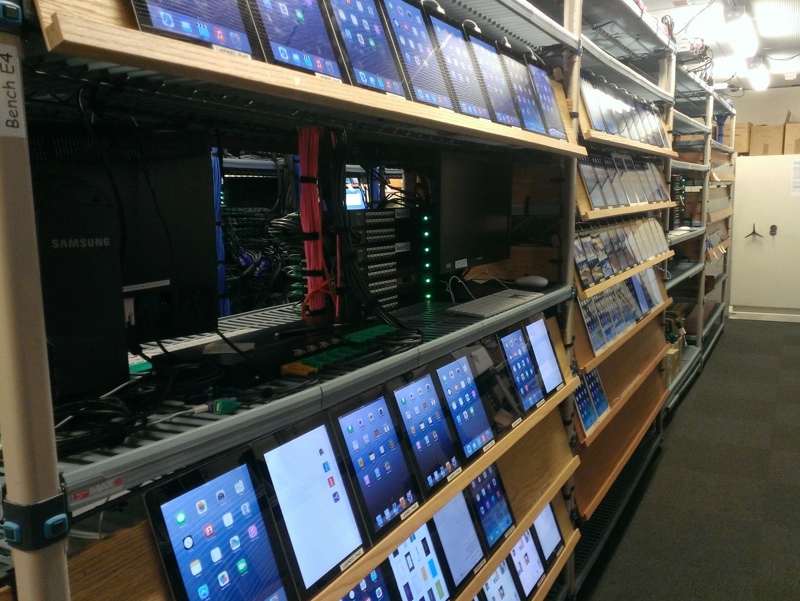 Microsoft’s Office for iPad Testing Lab
Microsoft’s Office for iPad Testing Lab Back in January, OWC
Back in January, OWC 




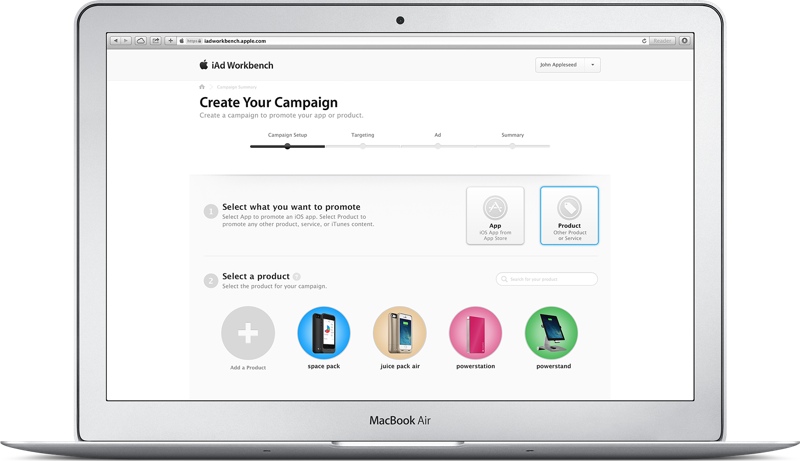

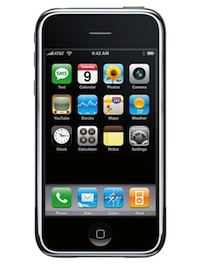 A few new insider details on the development of the original iPhone have come to light thanks to Apple senior software engineer Greg Christie, who gave an interview with
A few new insider details on the development of the original iPhone have come to light thanks to Apple senior software engineer Greg Christie, who gave an interview with 